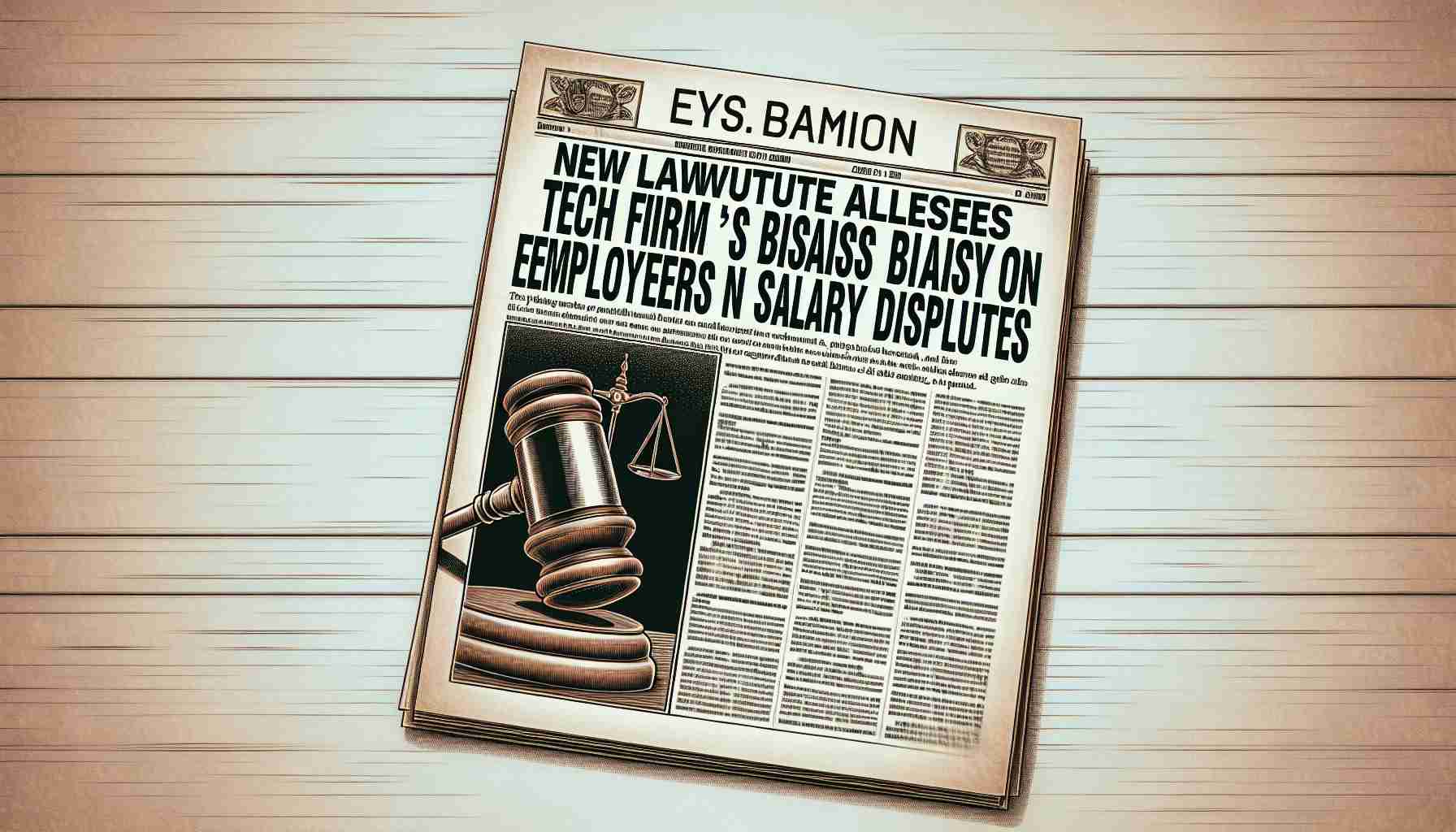A recent legal action has been initiated against Apple, accusing the tech giant of systematically underpaying its female workforce in comparison to male employees. Plaintiffs Justina Jong and Amina Salgado argue in their lawsuit that Apple engages in discriminatory practices by offering lower wages to female employees who perform roles considered “substantially similar” to their male colleagues under parallel working conditions. The lawsuit contends that Apple’s payment discrepancies between genders lack justification under lawful reasons.
Furthermore, Jong and Salgado, who are currently working at Apple, are seeking to represent a group of past female employees from California who worked in the company’s Engineering, AppleCare, and Marketing divisions over the past four years. They claim that Apple’s assessment system is biased against women, giving preferential treatment to male employees for behaviors that women are penalized for, particularly in teamwork and leadership categories. This bias in performance evaluation, they assert, disproportionately affects female employees concerning bonuses, Restricted Stock Units (RSUs), and pay raises.
Jong and Salgado’s lawsuit accuses Apple of violating various California labor laws, including the California Equal Pay Act, California Fair Employment and Housing Act, and California’s Unfair Competition Law. The plaintiffs have requested a jury trial along with declaratory and injunctive relief, seeking liquidated damages for themselves and all potential class members. In addition to this case, Apple is facing multiple legal challenges from different parties over allegations of monopolistic actions.
New Lawsuit Uncovers Additional Allegations of Discrimination Against Female Employees at Apple
A new layer of complexity has been added to the ongoing legal battle between Apple and its female employees as a recent lawsuit reveals more concerning details about gender discrimination within the tech giant. While the initial lawsuit brought forth by plaintiffs Justina Jong and Amina Salgado shed light on Apple’s alleged underpayment of female workers, this newfound legal action plunges deeper into the intricate web of discriminatory practices at play.
Key Questions and Answers:
What specific roles are predominantly occupied by female employees at Apple, and how do their pay structures differ from male counterparts in similar roles?
– Female employees at Apple are more prevalent in departments such as Engineering, AppleCare, and Marketing, where they allege facing unequal pay compared to male colleagues performing parallel tasks under similar conditions.
What indicators point to a biased assessment system within Apple that affects female employees’ compensation and career growth?
– The lawsuit highlights biases in Apple’s performance evaluation process, suggesting that preferential treatment is given to male employees in areas such as teamwork and leadership, consequently impacting bonuses, RSUs, and pay raise opportunities for female staff.
Key Challenges and Controversies:
One of the significant challenges in this legal battle is proving the existence of systemic gender discrimination ingrained within Apple’s corporate structure, especially in a male-dominated tech industry.
Controversies may arise concerning the extent to which alleged biases in performance evaluation truly impact female employees’ career advancement and financial compensation within the company.
Advantages and Disadvantages:
An advantage of shedding light on these discriminatory practices is the potential for positive changes in company policies and culture to create a more inclusive work environment for all employees.
However, the negative effects could include tarnishing Apple’s reputation and potential financial repercussions if found guilty of violating labor laws and discriminating against female employees.
For further insights into gender discrimination in the tech industry and legal actions against big tech companies, visit BBC News and Human Rights Watch.
